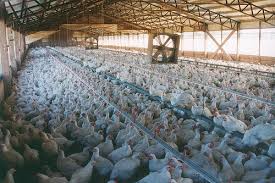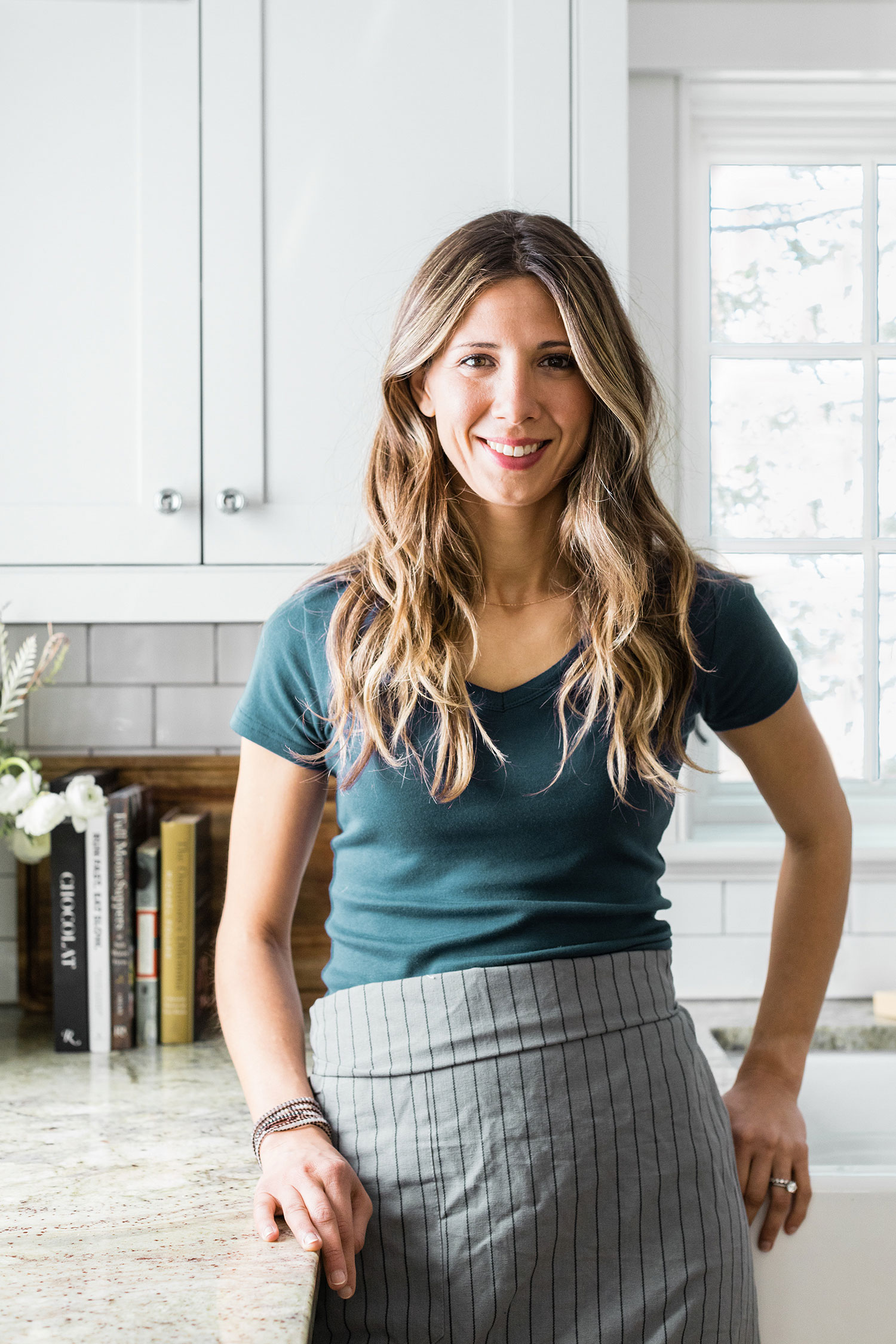
My husband and I were out to dinner with some friends the other night when the moms in the group started lamenting about how much food our kids go through. I made some crack about needing a chicken in our backyard because we go through so many eggs to which my husband harmlessly asked “why? How much do a dozen eggs cost?” The four moms in the group all threw out a number at the same time. The record stopped, however, because they all said $3 and I said $7. “Chloe. You really pay that much for eggs?”
I sure do and I’m going to tell you why.
Just like everything else in the world of nutrition, an egg is not just an egg. Look on the carton and you will see words like “cage-free”, “raised on a vegetarian diet”, “organic”, “free-range”, “pasture-raised” and so on. They can range in price from $2 a dozen to close to $8. So which one should you pick? If you go for the cheapest eggs in the store that don’t have any of the above terms listed, you can assume that your eggs are coming from chickens held in cages that are usually pretty crowded. Like this:
Aside from sad and stressed-looking birds, these ladies are obviously prone to some nasty illnesses being kept in such close quarters. And, unfortunately, these birds aren’t being let outside to go to the bathroom, so they are living in it. This is a big reason why antibiotics are given to chickens—only they aren’t being given to the sick chickens, they are being given to ALL the chickens in hopes of preventing them from getting sick. And in case you haven’t heard, our country has a pretty nasty problem with antibiotic misuse which has lead to a whole slew of health problems for Americans, but that’s for another blog post. OK, so now you know why I won’t buy the absolute cheapest eggs. Let’s move up a notch.
The health-conscious side of you may buy eggs that are “cage-free” because you have visions of birds that are happier and eggs that are healthier. Unfortunately, this is what cage-free looks like:
Literally the different between caged and cage-free means that the cages are removed. Chickens still live in close quarters, living in their own mess, and can still be given antibiotics.
Next up, “free-range”—this one is super misleading, because when I think of free-range I think of chickens running through meadows, when in reality, they still can live in a big warehouse (see above pics) but they are required to have a tiny little door in the back that they may never even use. According to the USDA, the definition of “free-range” states that “birds must have ‘outdoor access’ or ‘access to the outdoors’.” Unfortunately, this access may just be a “pop hole,” with no full-body access to the outdoors.
Here’s another good one. Want chickens raised on a vegetarian diet? Again, this conjures up lovely images of chickens being fed vegetables, but there are two huge problems. The first being that chickens aren’t vegetarians, they are omnivores. They love worms and insects and anything else crawling around a farm that they can pick to death. I once heard chickens described as “little raptors” in that they love meat. You can’t force something to be a vegetarian when it’s not. Try telling a lion that meat is no longer an option. It’s not natural for them and it’s not good for them. Same with chickens. One of the amino acids that is essential to chickens is methionine, found in meat. When chickens don’t get it, they become sick and often turn on each other, pecking one another to death in search of nutrients. So as not to turn many hen-houses into enormous blood baths, chickens beaks are cut (by the way, this isn’t painless for them.) So that’s problem number one, and I think we can agree that it’s a big one.
Number two—chickens aren’t being delivered vegetables, they are being fed a vegetarian diet of grain. And not quinoa. Good ol’ corn, soy, and other GMO, monocropped grain.
Moving on to “organic” eggs. By definition, these hens must have access to the outdoors although up until recently, there was no rule for how much outdoor space they would be allowed (now it has to be two square feet per hen—still not a lot). And organic is definitely better in that chickens can’t be given antibiotics, and their feed must be organic, but they still can get their beaks trimmed and many of the organic eggs in the supermarkets come from enormous warehouses.
Finally, pasture-raised. These hens are required to have at least 108 square feet of living space per bird and the fields that they live off of must be rotated throughout the year. The hens must remain outdoors year-round but have a house that they can go inside at night or if there is really bad weather throughout the year. Guess what else? These are the lucky ladies that get to eat the good stuff; worms, insects, grass—in other words, what they naturally want to eat. Additionally, “pasture-raised” eggs are a lot more nutritionally dense than other eggs with up to 6x more vitamin D, a third of the cholesterol, a quarter of the saturated fat, and more vitamin A, E, beta-carotene and omega-3s.
This is why I always opt for “pasture-raised” when I see them. Double bonus points for pasture-raised eggs that are also organic, and triple bonus points if you make friends with your local family farmer and buy eggs directly from them.
Eggs are one of the most nutritious foods on the planet and even if I do spend $7 on a dozen eggs, that is still one of the cheapest protein sources out there.
I realize most of you may clicked on this post hoping for a simple answer on what type of eggs to buy and not a small lesson on our messed up food system, but with eggs, you really get what you pay for. Not only are cheap eggs are less nutritious, but they are the by-product of a broken food production system that is not only treating animals poorly, but making all of us a whole lot sicker.












